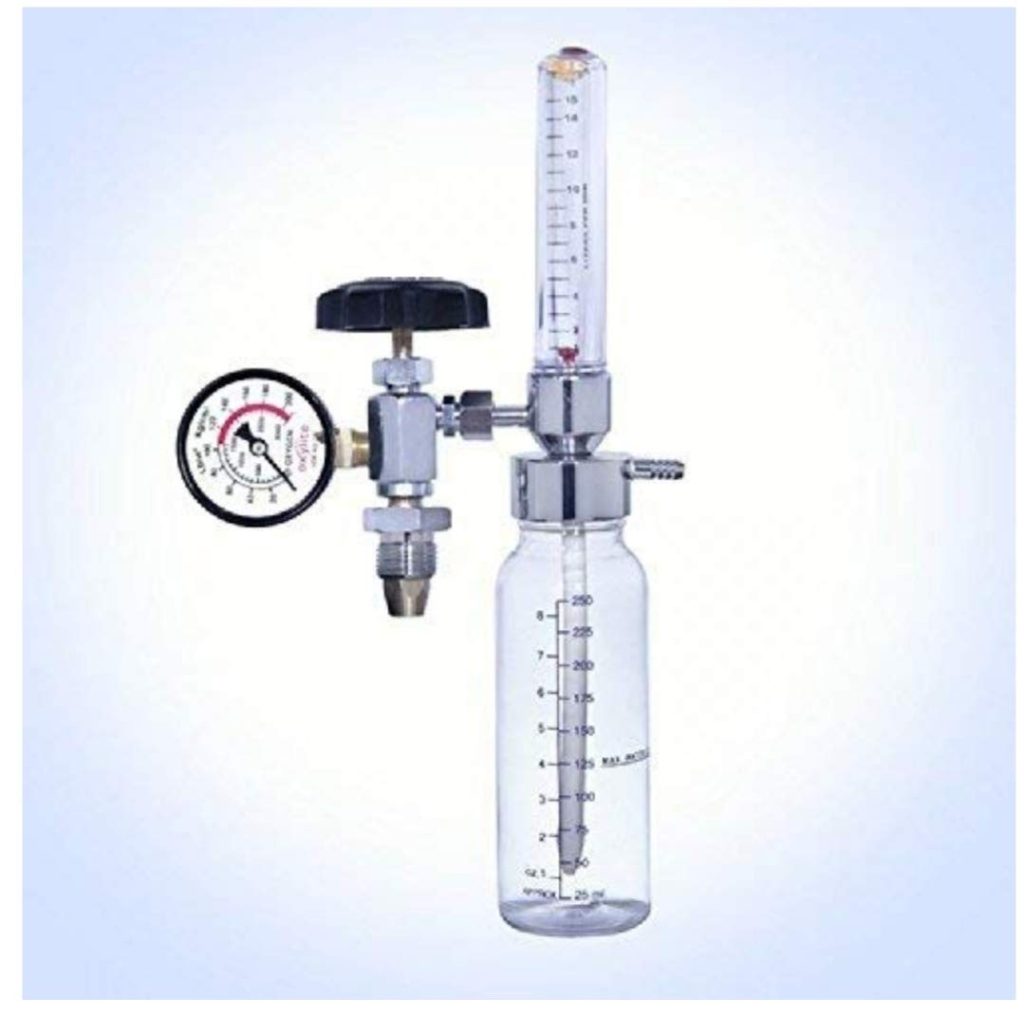In the realm of industrial applications, precision is paramount. Whether it is in manufacturing, laboratories, or the food and beverage industry, the need for accurate pressure control is non-negotiable. Enter nitrogen regulators – the unsung heroes behind the scenes, ensuring that processes run smoothly and with utmost precision. At its core, a nitrogen regulator is a device designed to control the flow and pressure of nitrogen gas from a compressed gas cylinder or tank. It may seem like a simple piece of equipment, but its importance cannot be overstated. Imagine a scenario in a laboratory where sensitive experiments are being conducted. Any fluctuation in pressure could spell disaster, potentially compromising results or even causing harm. Here’s where the nitrogen regulator steps in, acting as a guardian of consistency and reliability. One of the primary functions of a nitrogen regulator is to reduce the high pressure from the cylinder to a safe and usable level.

This process is crucial in ensuring that the equipment downstream receives a steady and controlled flow of nitrogen gas. Moreover, regulators are equipped with gauges that provide real-time feedback on pressure levels, allowing operators to monitor and adjust settings as needed. This level of control is indispensable in industries where precision is not just a preference but a necessity. In manufacturing environments, nitrogen regulators play a pivotal role in various processes, including welding, purging, and blanketing. For instance, in welding applications, nitrogen is often used as a shielding gas to prevent oxidation and ensure high-quality welds. The regulator ensures that the optimal pressure is maintained, allowing for smooth and consistent welding operations. Similarly, in food packaging, nitrogen is employed to displace oxygen and extend the shelf life of perishable goods. Here, the regulator guarantees that the desired pressure is maintained, preserving the integrity of the packaged products.
Furthermore, nitrogen regulators come in different types and configurations to suit specific applications. Single-stage regulators are commonly used for applications where a constant outlet pressure is sufficient. On the other hand, dual-stage regulators offer enhanced precision by reducing pressure in two stages, making them ideal for applications that demand utmost accuracy. Additionally, specialty regulators equipped with features such as high-flow capacity or stainless-steel construction cater to specialized needs, further emphasizing the versatility of these devices. The significance of nitrogen regulators extends beyond industrial settings and into the realm of healthcare. In medical applications, nitrogen is utilized in various capacities, shop nitrogen regulators online from cryopreservation to powering medical devices. In these critical settings, the reliability and accuracy of pressure control are paramount, as they directly impact patient care and safety. Nitrogen regulators ensure that medical gases are delivered at the precise pressure required for each specific application, safeguarding both equipment and patients.

